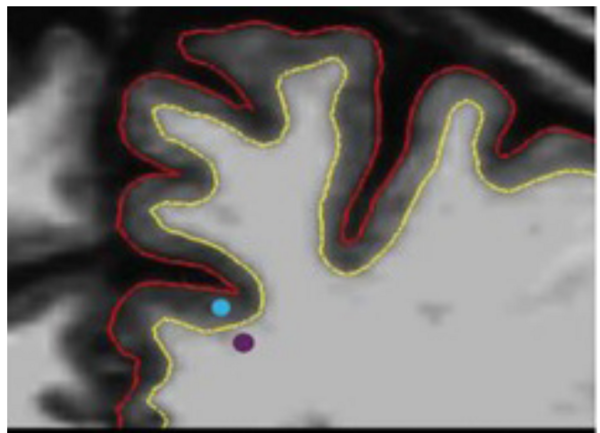Correlations between Gray-White Matter Contrast in Prefrontal Lobe Regions and Cognitive Set-Shifting in Healthy Adults
(1) Fort Lee High School, Fort Lee, New Jersey, (2) New York University, New York, New York
https://doi.org/10.59720/17-074
Humans have a unique capacity for higher-order cognition such as planning and multitasking. These abilities are collectively referred to as “executive functions.” This study investigates cognitive set-shifting, a type of executive function that involves shifting from one task to another. Advances in neuroimaging have allowed for the structural integrity of specific frontal lobe
subregions to be probed with greater resolution. One measure of brain structural integrity is the intensity contrast between cortical gray and white matter (GWC), with greater contrast indicating better development. This study tested whether GWC in 8 subregions of the Prefrontal Cortex (PFC) was associated with set-shifting abilities in 61 healthy controls. Set-shifting abilities
were measured using two neuropsychology tests: Trail Making Test B (TMT-B) and Wisconsin Card Sorting Test-Perseverative Errors (WCST-PE), with a third test, the Boston Naming Test (BNT), used to determine the discriminant validity of set-shifting findings. Cognitive set-shifting was significantly correlated with GWC in the left ventrolateral PFC (Broca’s area), the left and right middle frontal gyri (dorsolateral PFC), and the left and right superior frontal gyri. These findings indicate that
successful set-shifting relies on the structural integrity of ventrolateral and dorsolateral PFC but not the basal orbitofrontal regions.
This article has been tagged with: